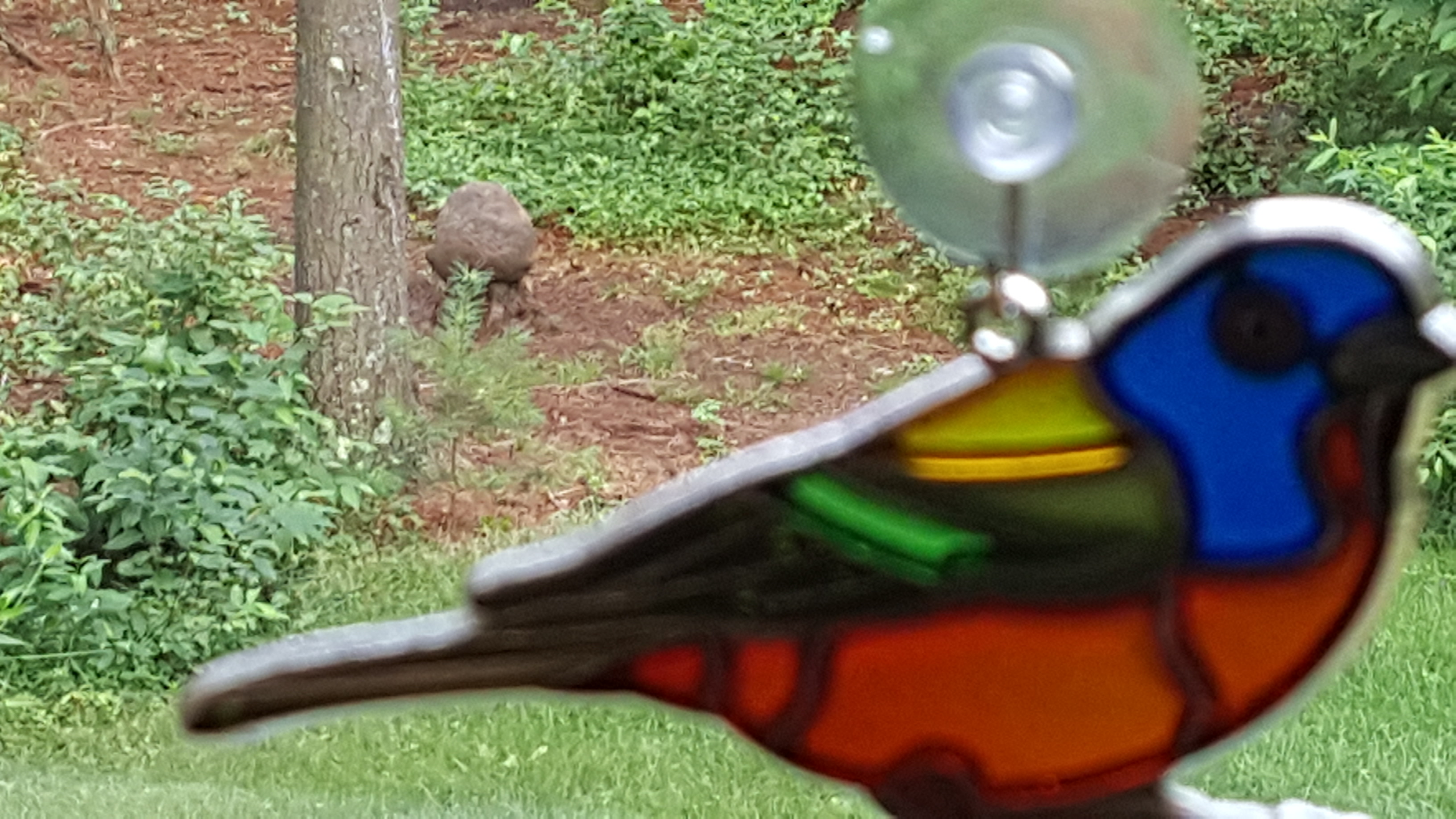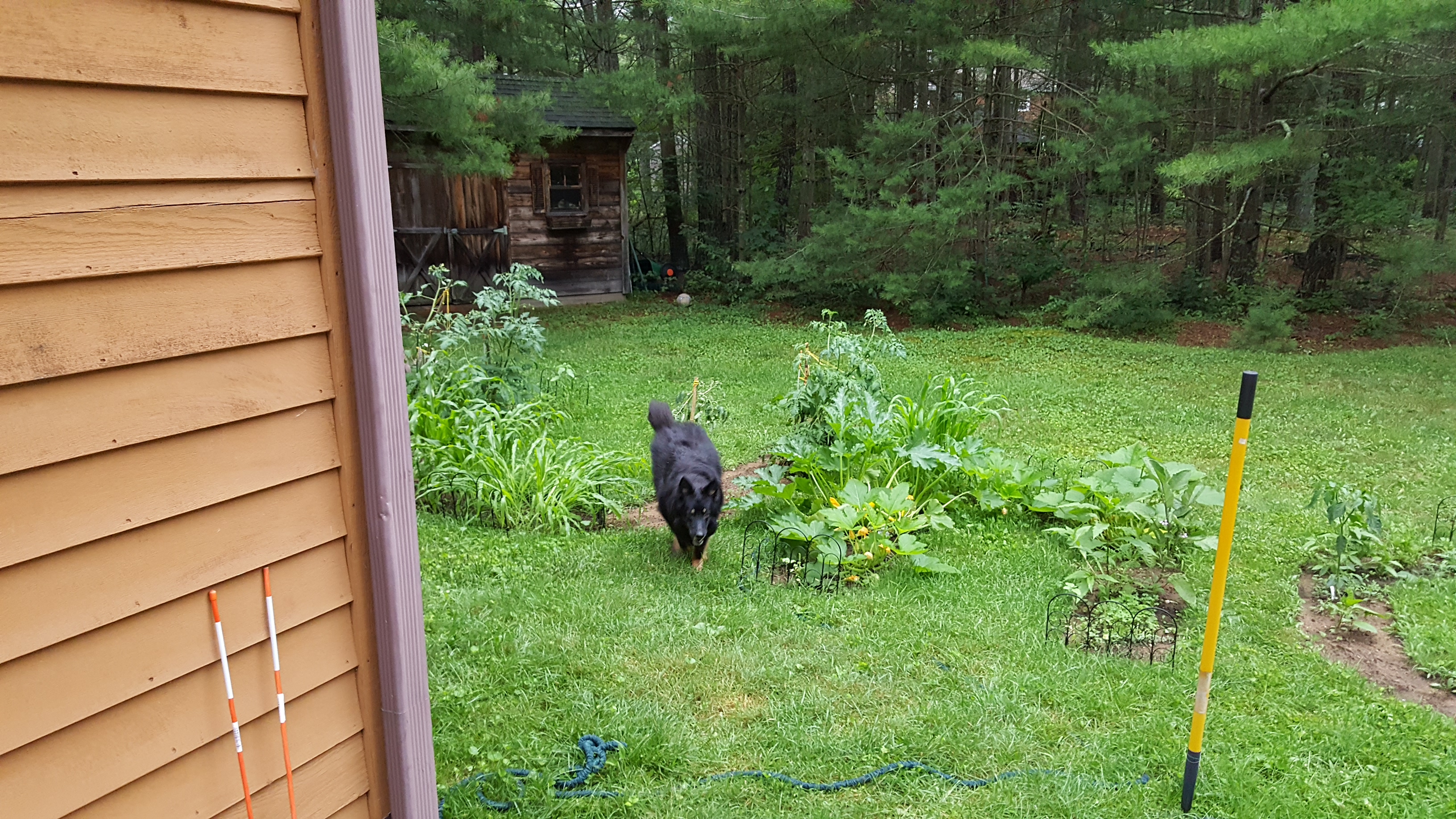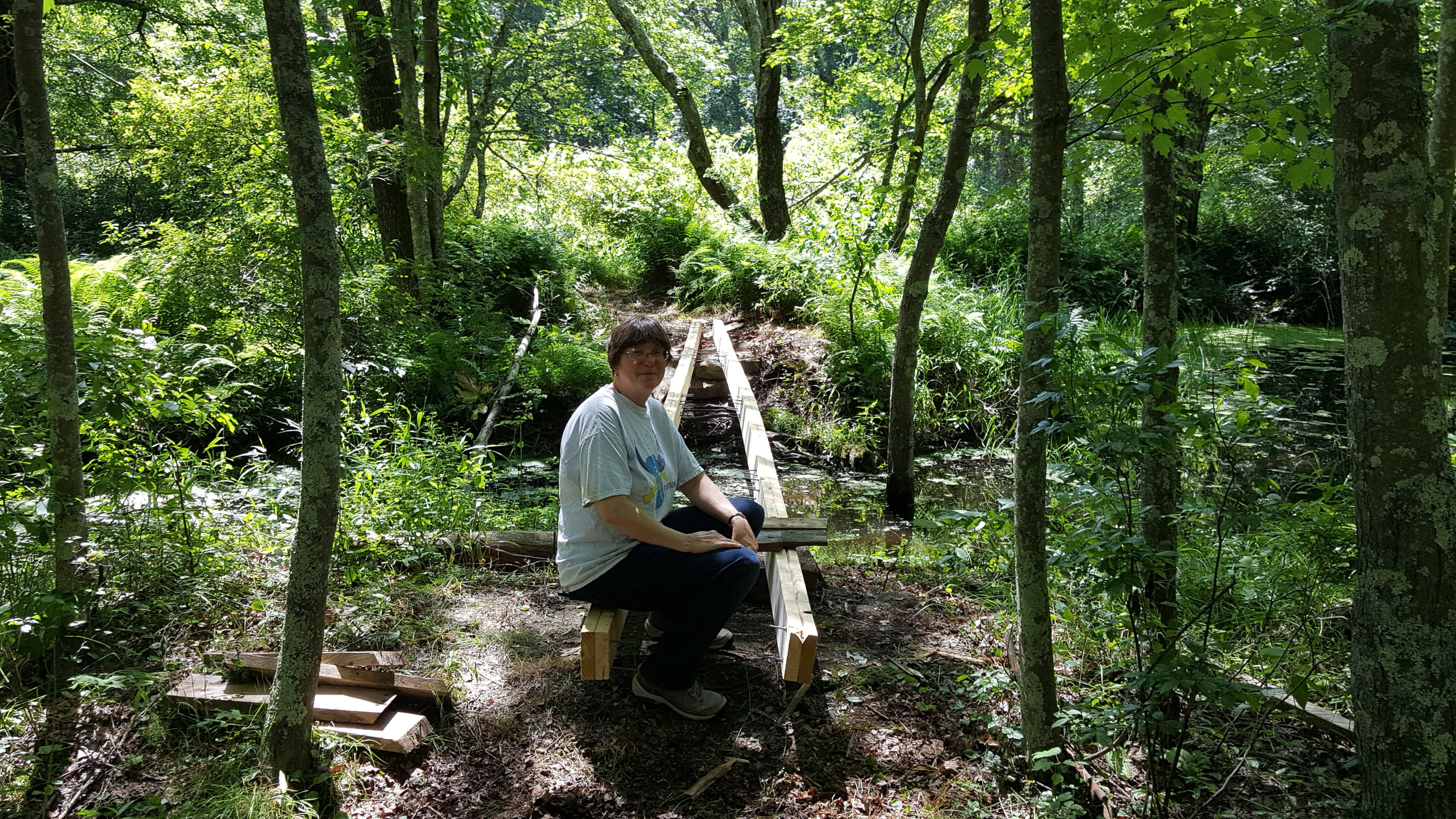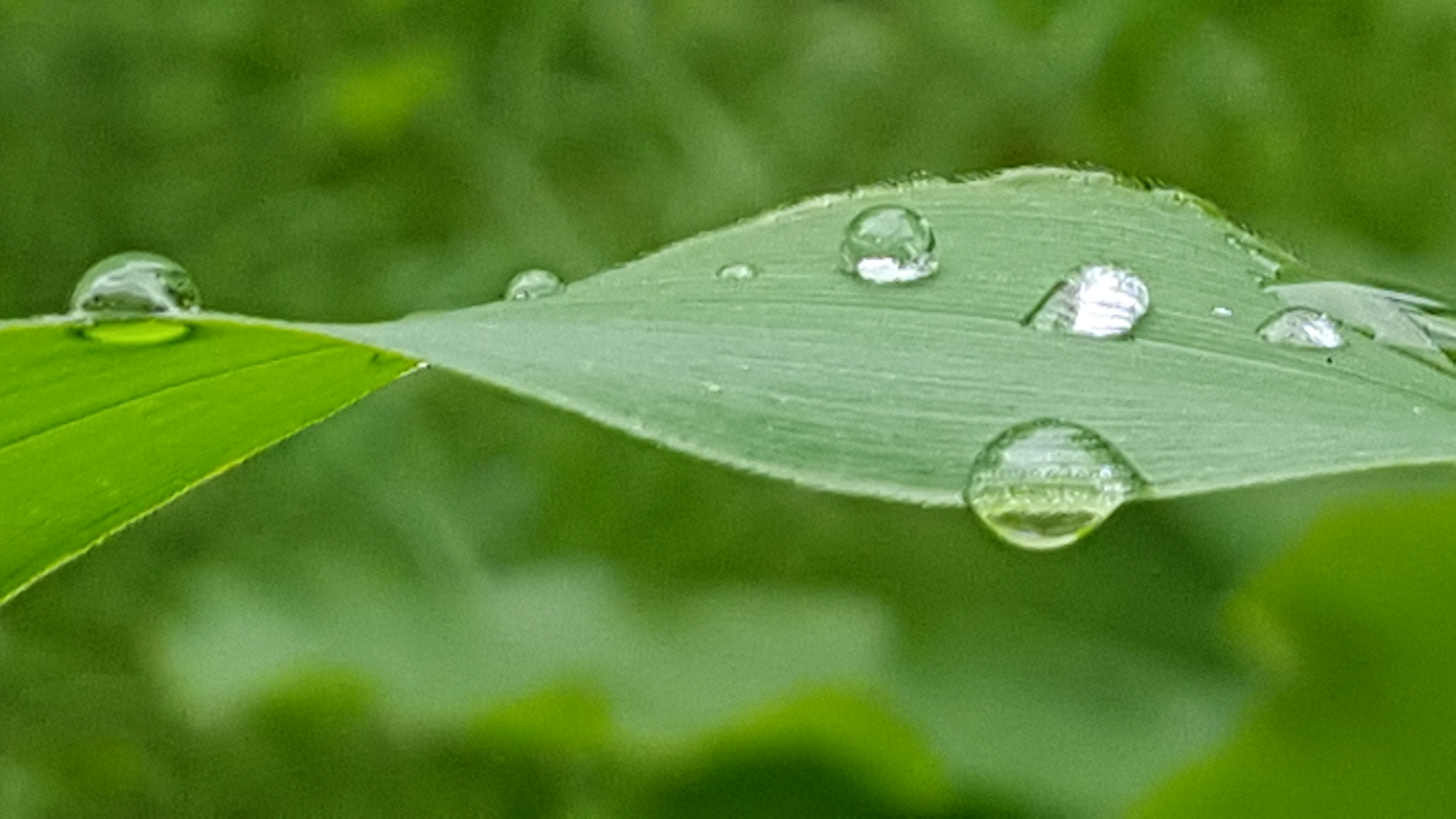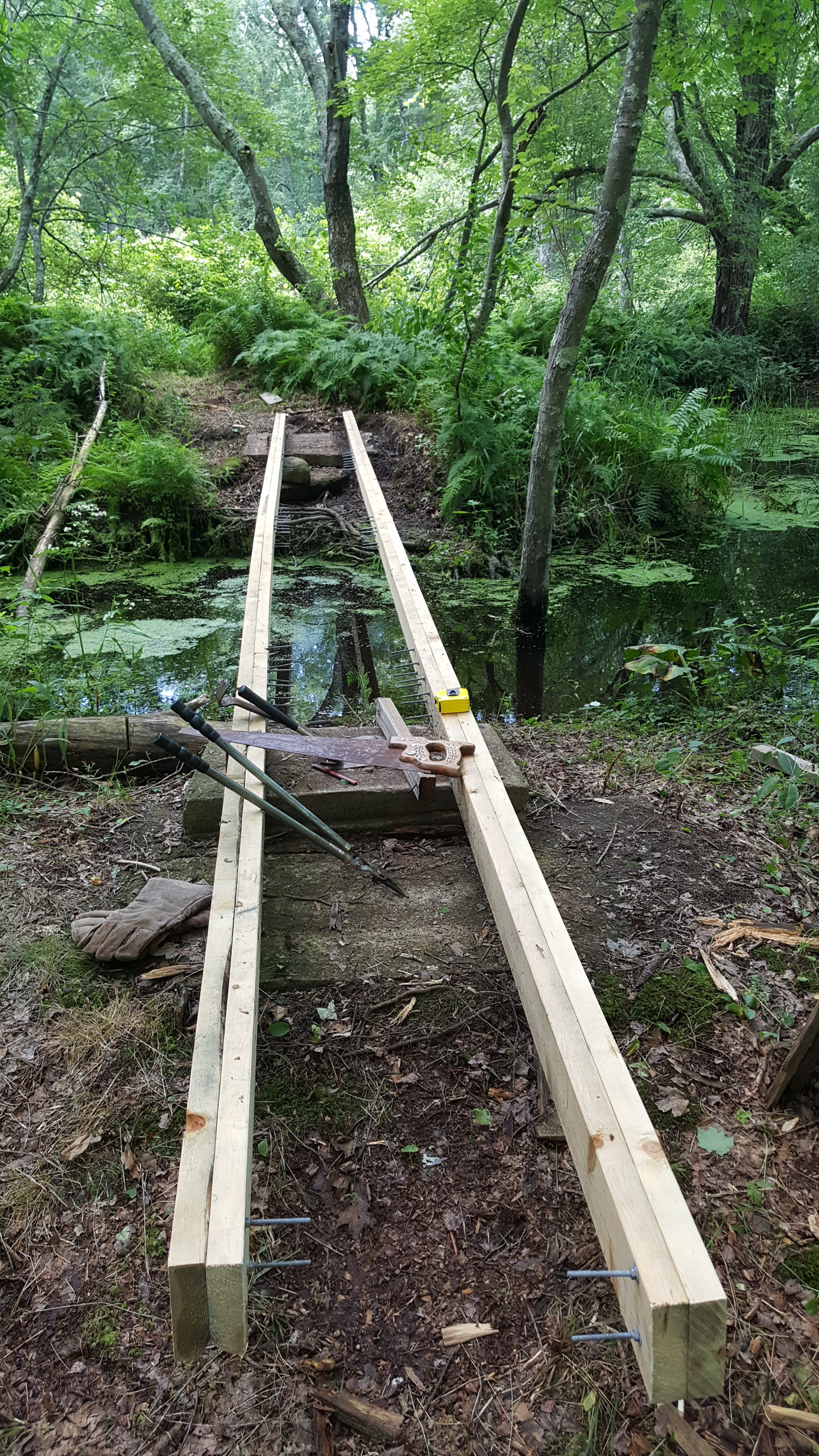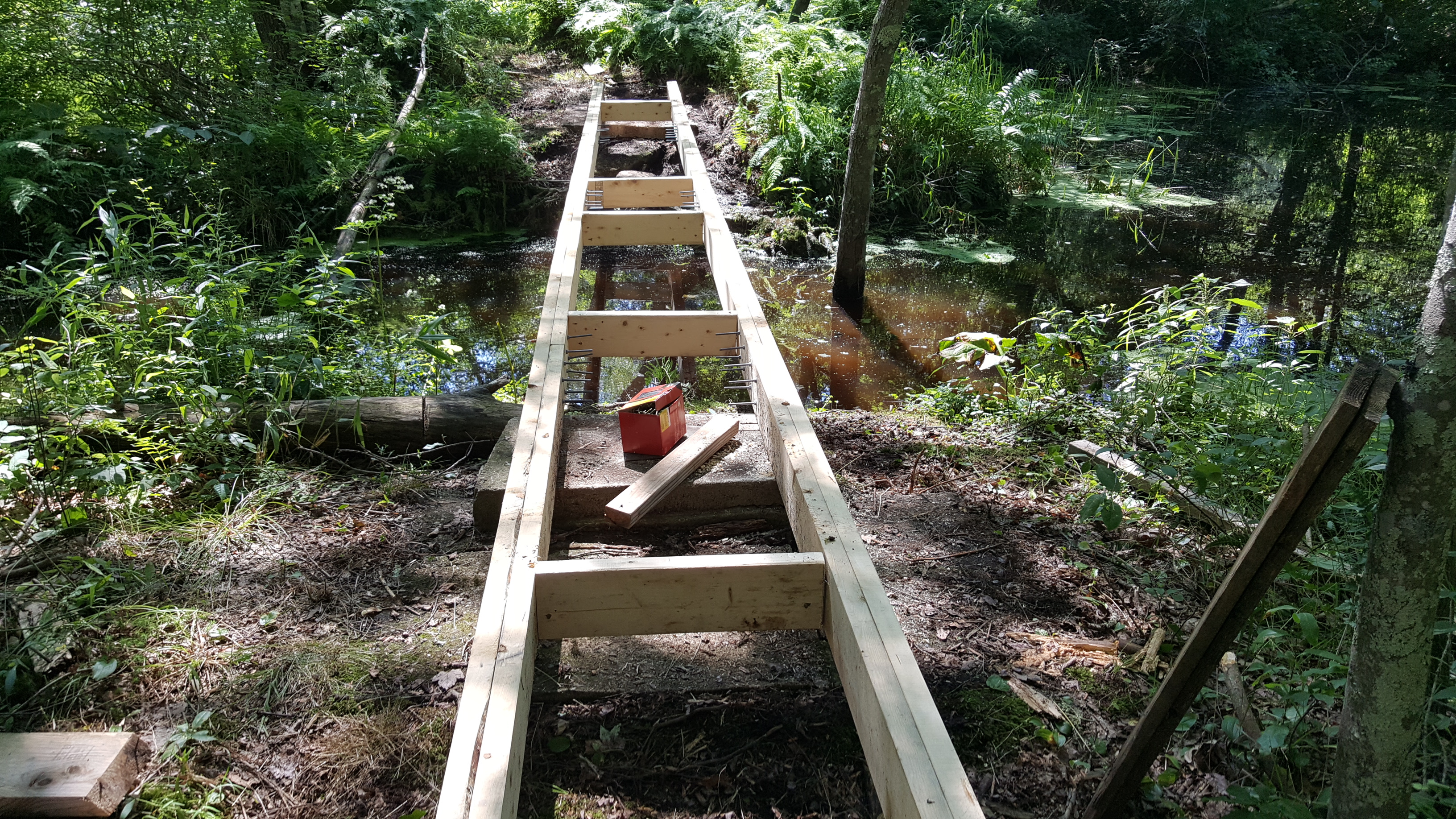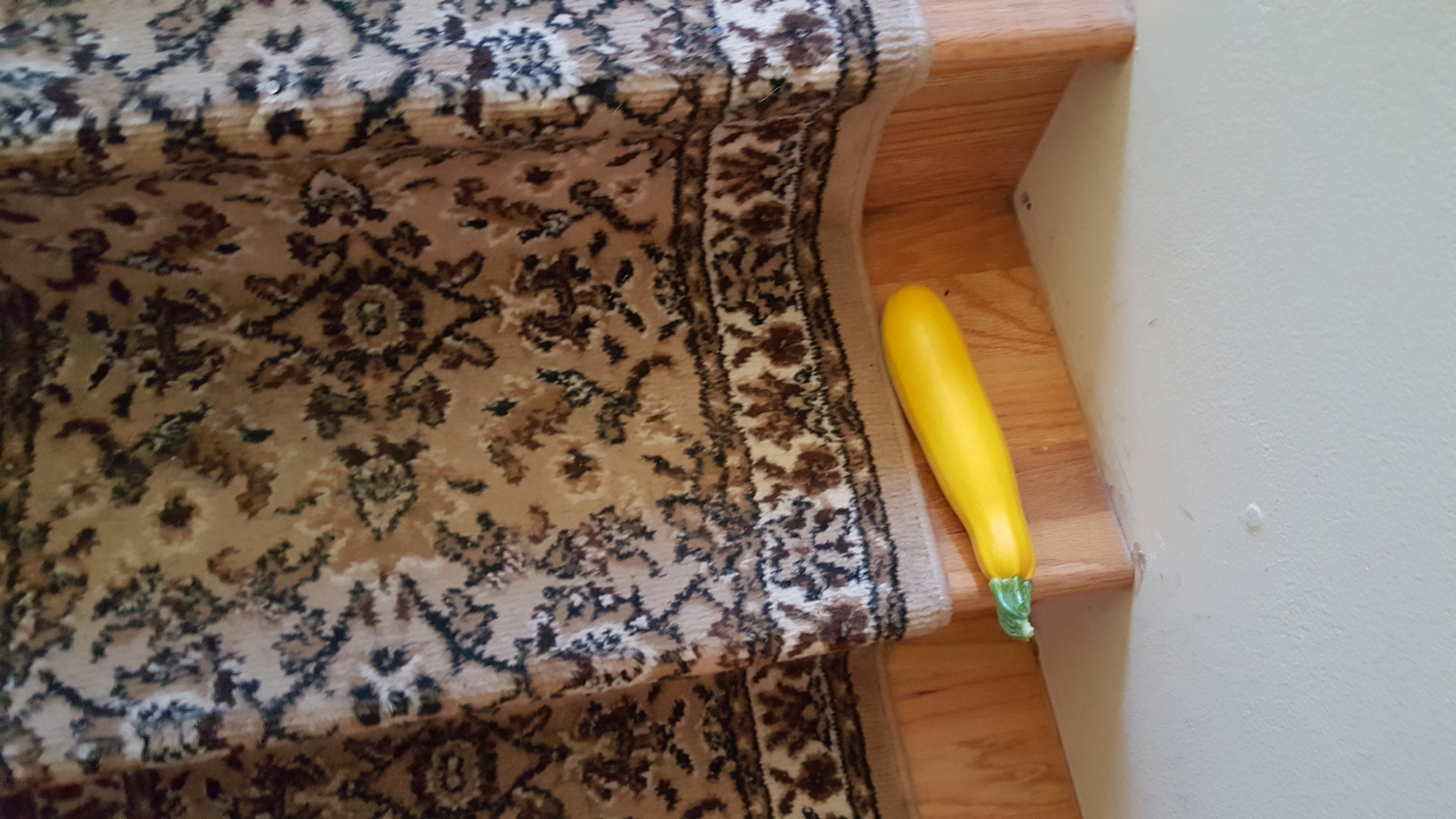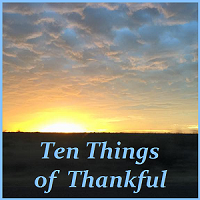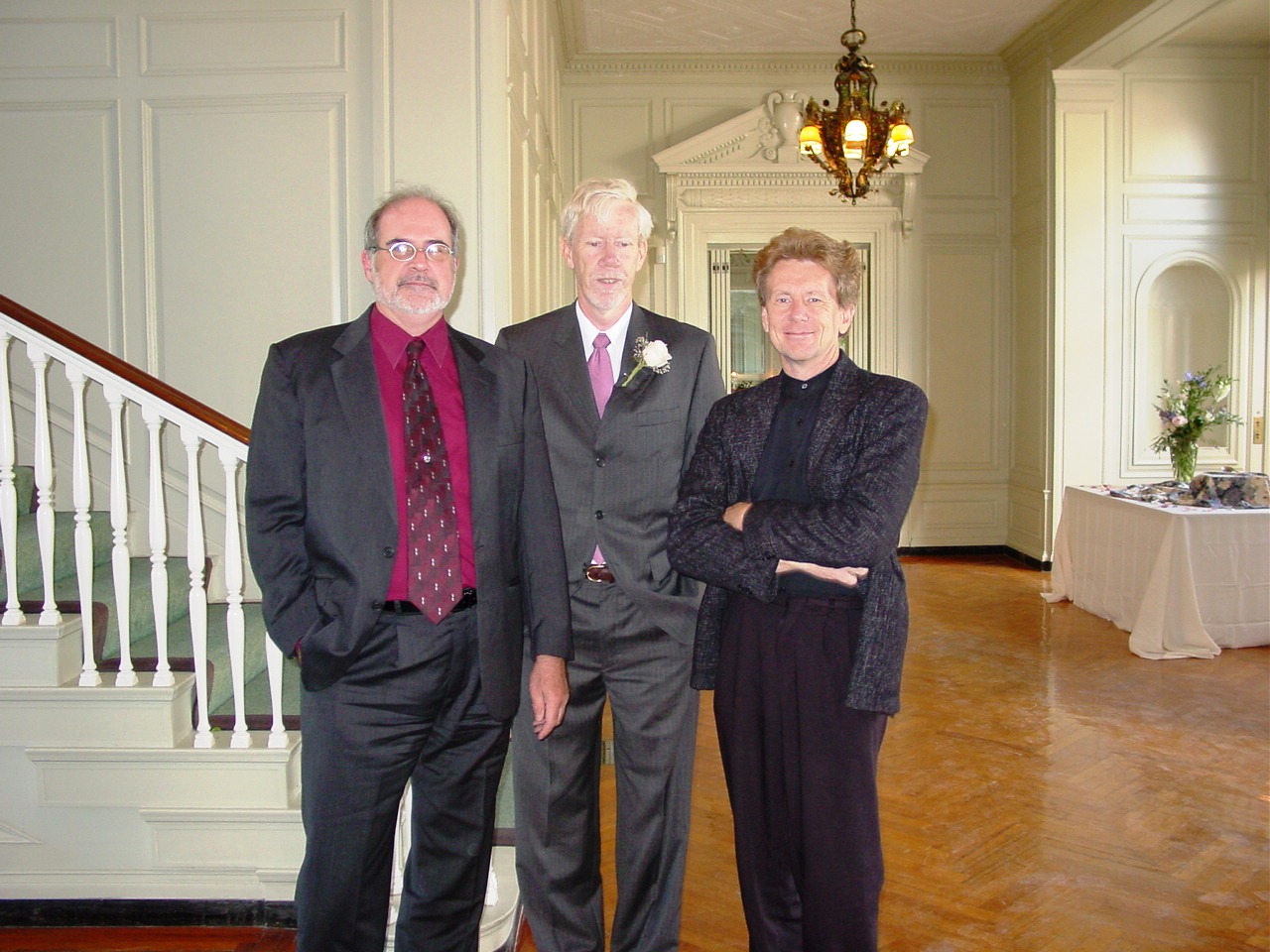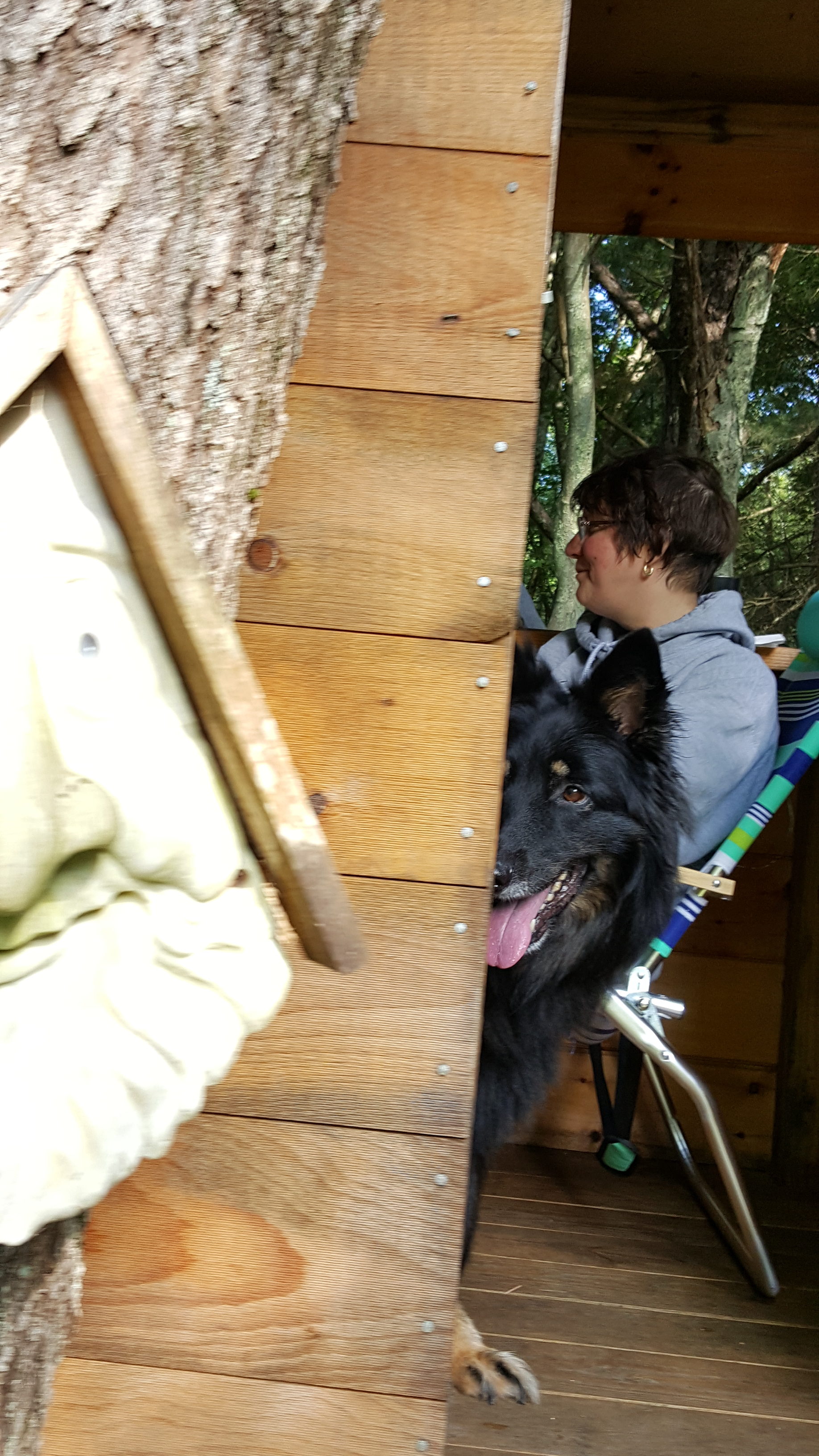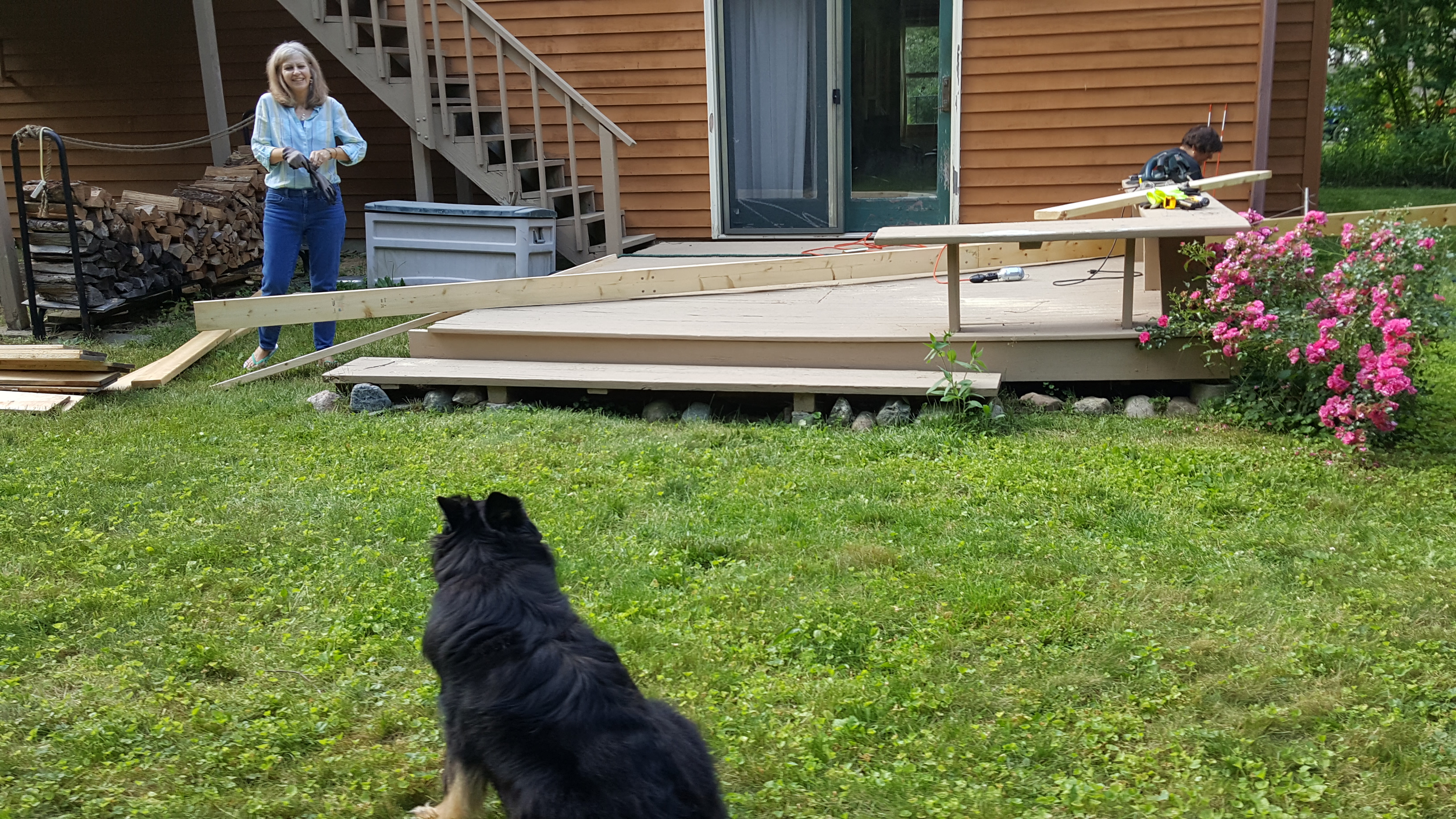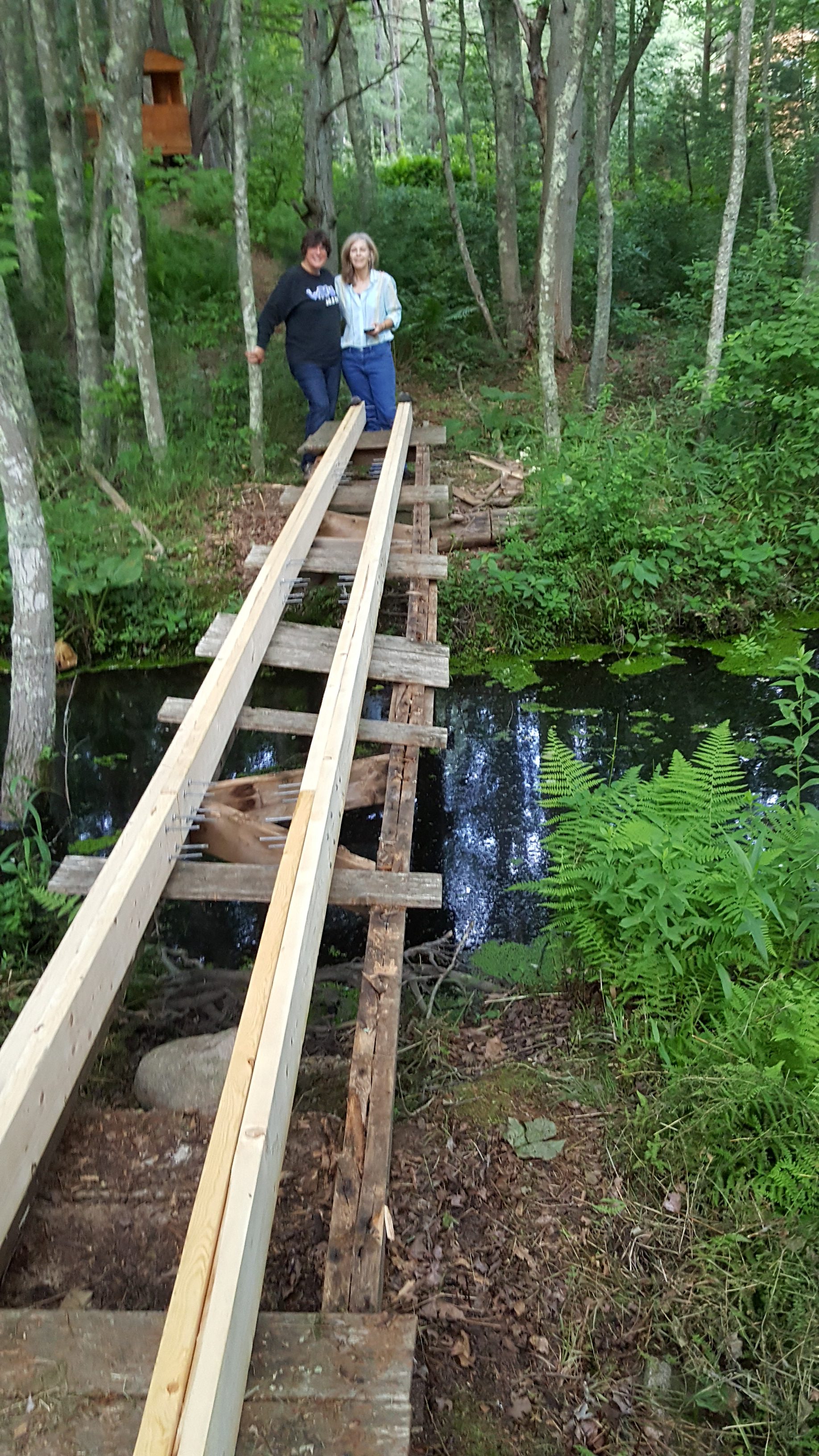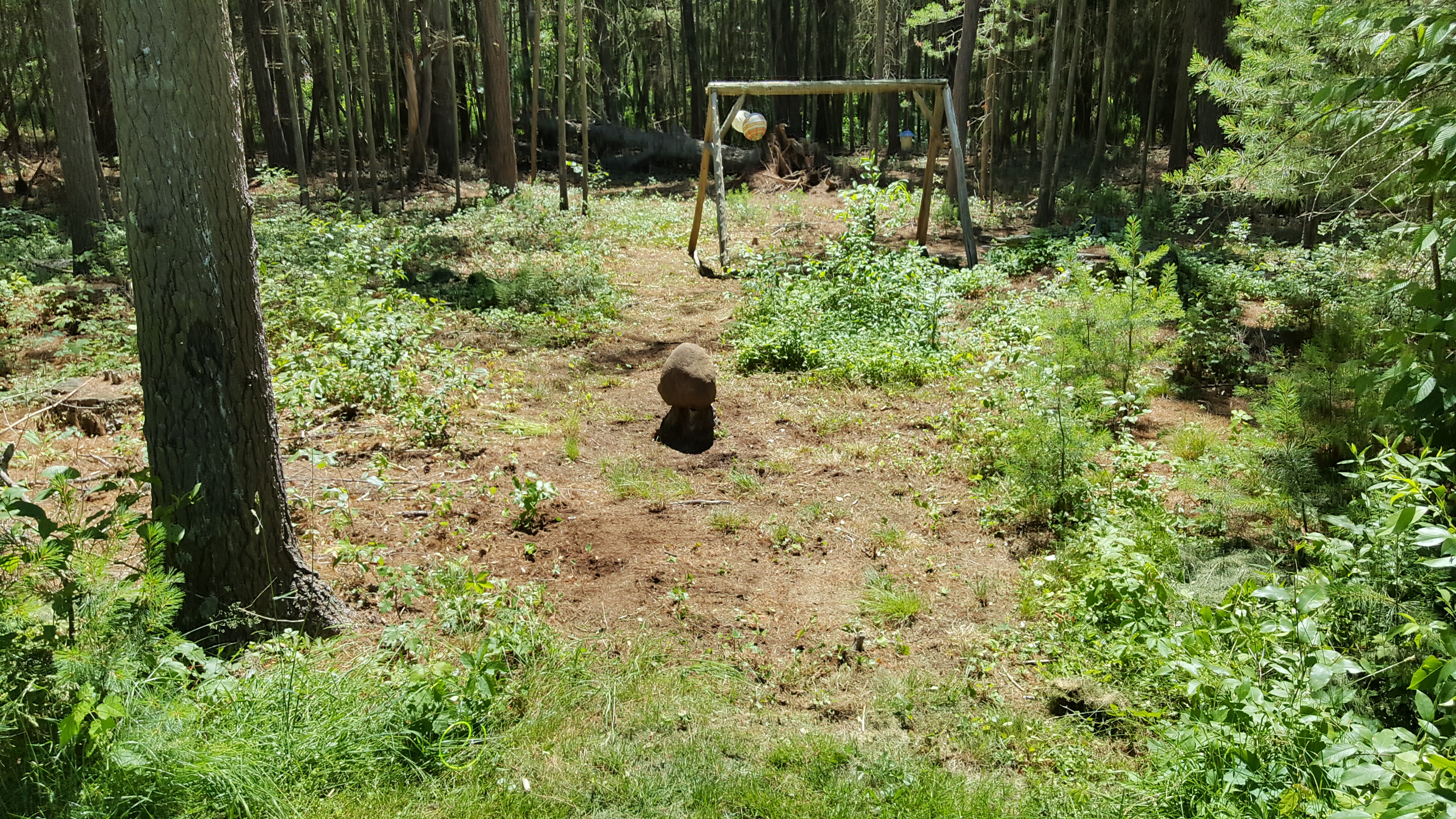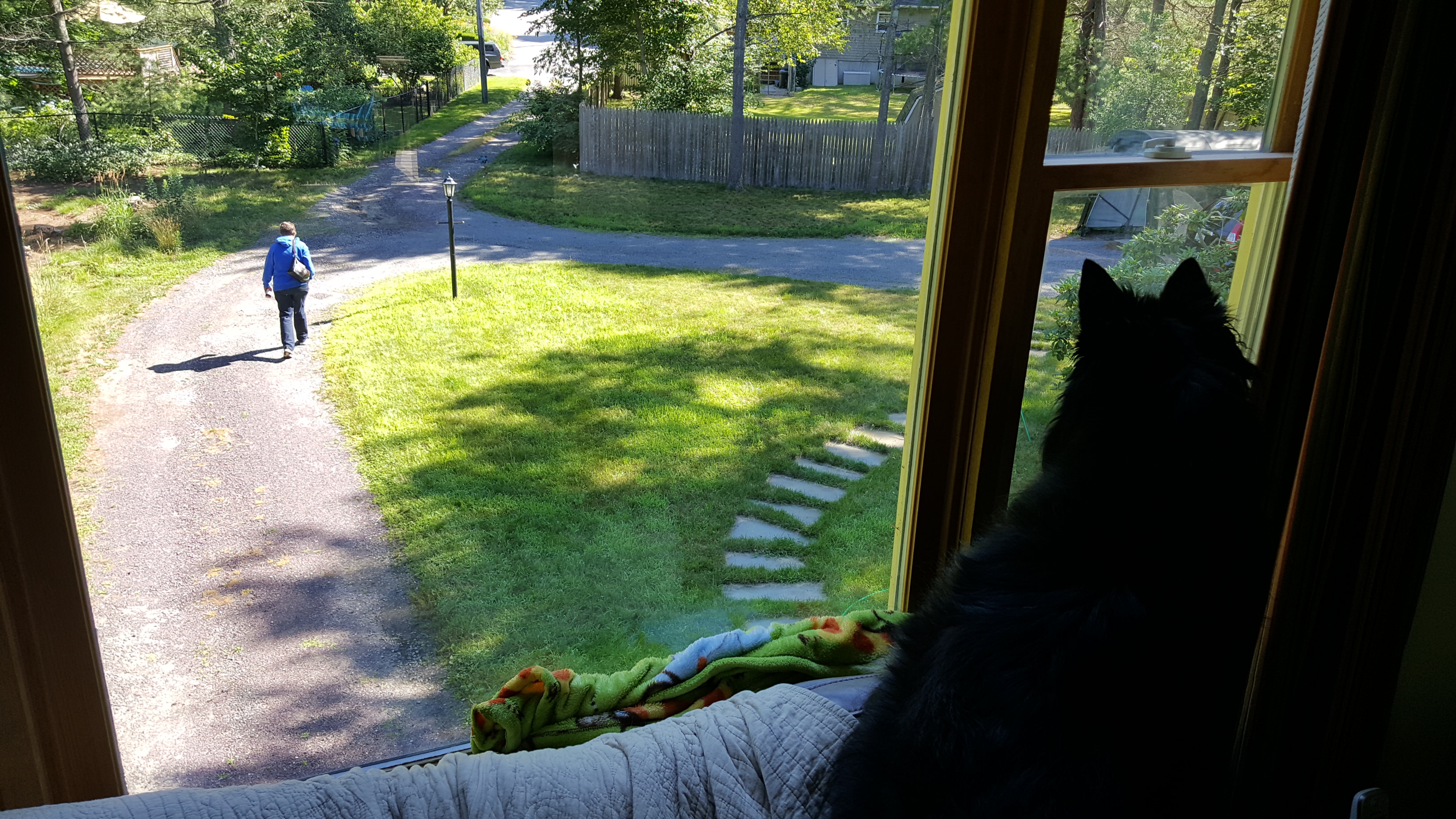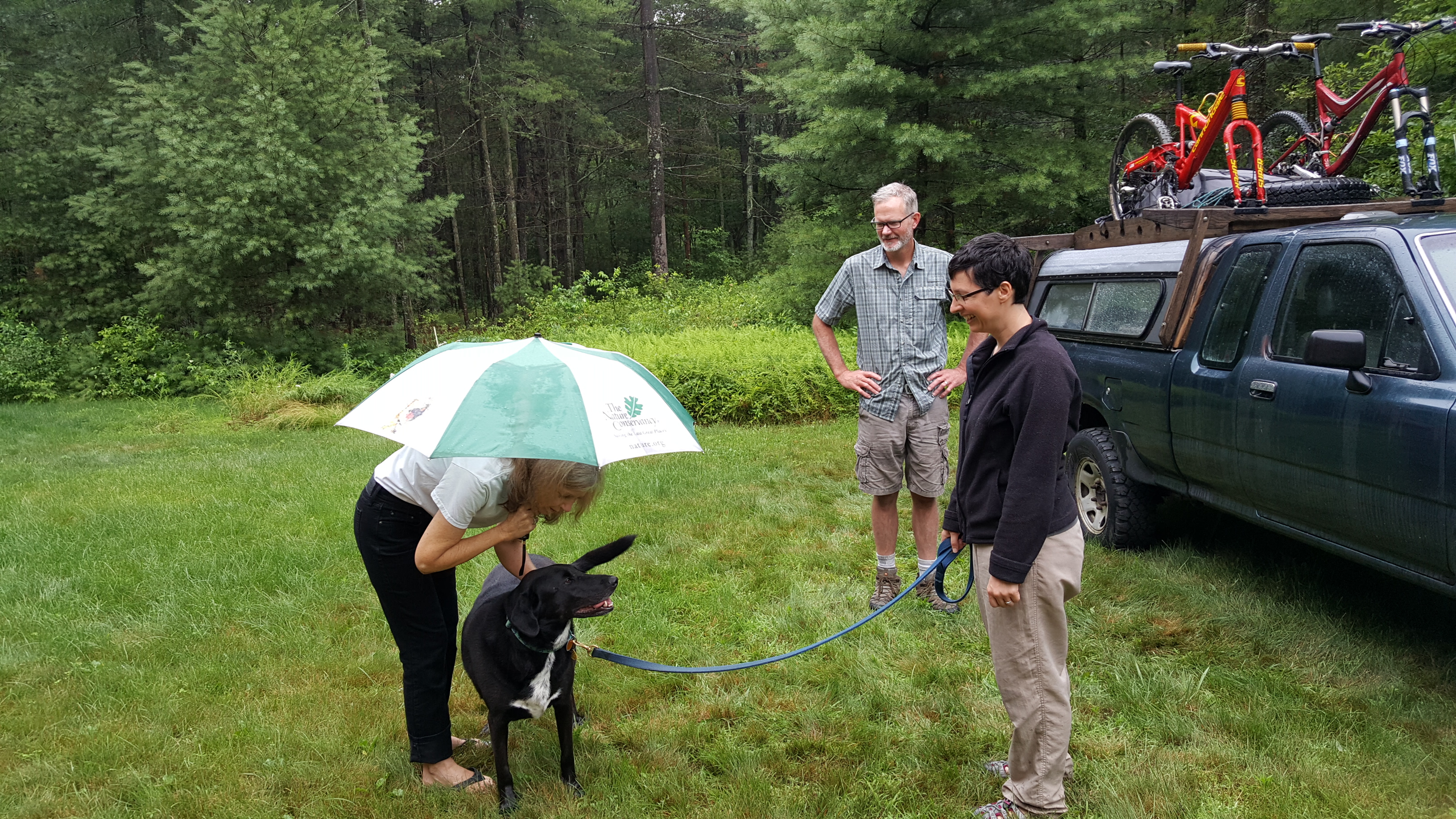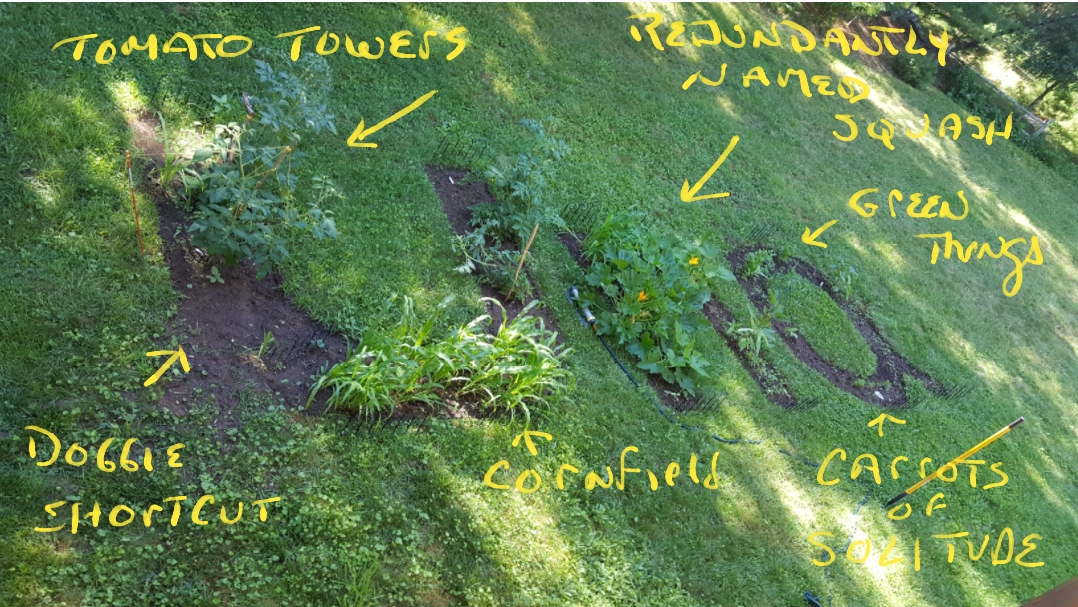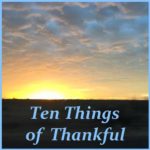Welcome to the Wakefield Doctrine (the theory of clarks, scotts and rogers)
Here at the Wakefield Doctrine we say the process of using the perspective (of the Doctrine) only begins when we accept ‘how we relate ourselves to the world around us’. (Without fail, an admonition is appended: ‘Be sure to notice the exact wording. We didn’t say, ‘… how we relate to the world around us’, we said, ‘… how we relate ourselves to the world around us.’ All the difference in the world.)
It’s an easy mistake to make. We’re all bombarded with advice on relating to situations, we’re asked if we can relate to this idea or that directive. Even (our) own best efforts to get along with the people in our world, the focus is entirely on the relationship, i.e. how we relate. The Wakefield Doctrine will, by necessity, nature and design, require those who would employ its principles to take themselves into account, (and thereby accounting for themselves) when assessing the relationship between themselves and the world (around them).
Kinda unavoidable, when you think about it. The Doctrine is about nothing if it’s not about the proposition that we all live and interact with the world and the people around us from within our own personal realities. The immediate benefit of this view is that it tends to eliminate the stress of cognitive dissonance that inevitably occurs when a person (in our world) acts in a manner inconsistent with what we believe is obviously true. We all have at least one friend, relative, or co-worker who we know to be mature, intelligent and good-natured people. Yet they exhibit, maintain and otherwise seem to find compatible one attitude/strongly-held belief/persistent-despite-overwhelming-evidence-to-the-contrary opinion. This is where the stress begins. ‘How,’ we ask ourselves (or anyone nearby), ‘can they believe that/maintain that position?’ It makes no sense. And yet there it is. Once we can bring ourselves to accept that, within this other person’s reality, the unreasonable is not as unreasonable, in fact, the unreasonable may make perfect sense, in their experience, we are able to stop twisting ourselves up trying to reconcile the irreconcilable. (Note to new Readers: temper this example. If you have a voice that is interrupting the sense of understanding that is growing within, that is only your ego, the part of your world that insists that there is only one world, one reality, or, at least, only one real reality. Read on and ask questions.)
Of course, the instant we concede the validity of this viewpoint, we’re forced to accept the (relative) truth about ourselves, the ‘ourselves’ in ‘how we relate ourselves to the world around us’. It is way hard, but totally worth the effort. To know the world can be a path to knowing ourselves, provided we have the stomach for it. We say that for the obvious (or not so obvious reason): if it is true, in our example above, that the personal characteristics of one’s reality allows a person to know, for a fact, a thing is correct despite the evidence to the contrary, what does that imply about our own world? (Yeah, I know! But this part is only as upside-down as you would let it be. Remember, there’s a part of all of us that will maintain, at all costs, that the world we know is the way it is, no matter what anyone else says.)
Good news! Even as you tackle the effort of a lifetime, the Wakefield Doctrine makes the better understanding the people in our lives, way fun. And, when it comes to actually self-improving ourselves? It’s as easy as circular dessert pastry! You have within, the capacity to experience the world from the perspective of all three personality types, which means the strengths of each are available to develop and express. très cool.
Speaking of cool, Friend of the Doctrine, Cynthia is on her own path to discover and self-develop herself, recently wrote of her adventures along the path,
“The comfort zone is an illusion, y’all. It’s the ego talking to keep us from reaching our full potential in the name of relative safety” (from ‘The Benefits of a Personal Retreat’ ) Get on over to Intuitive and Spiritual, tell her the Doctrine sent ya.
Don’t forget to get out your short pencil and scrap paper! Tomorrow is Thursday and that means one thing, Six Sentence Story! zoe (and her able assistant Joules) will have a prompt word and you are invited to find the best six sentences you can and put it in story form. It’s fun.



